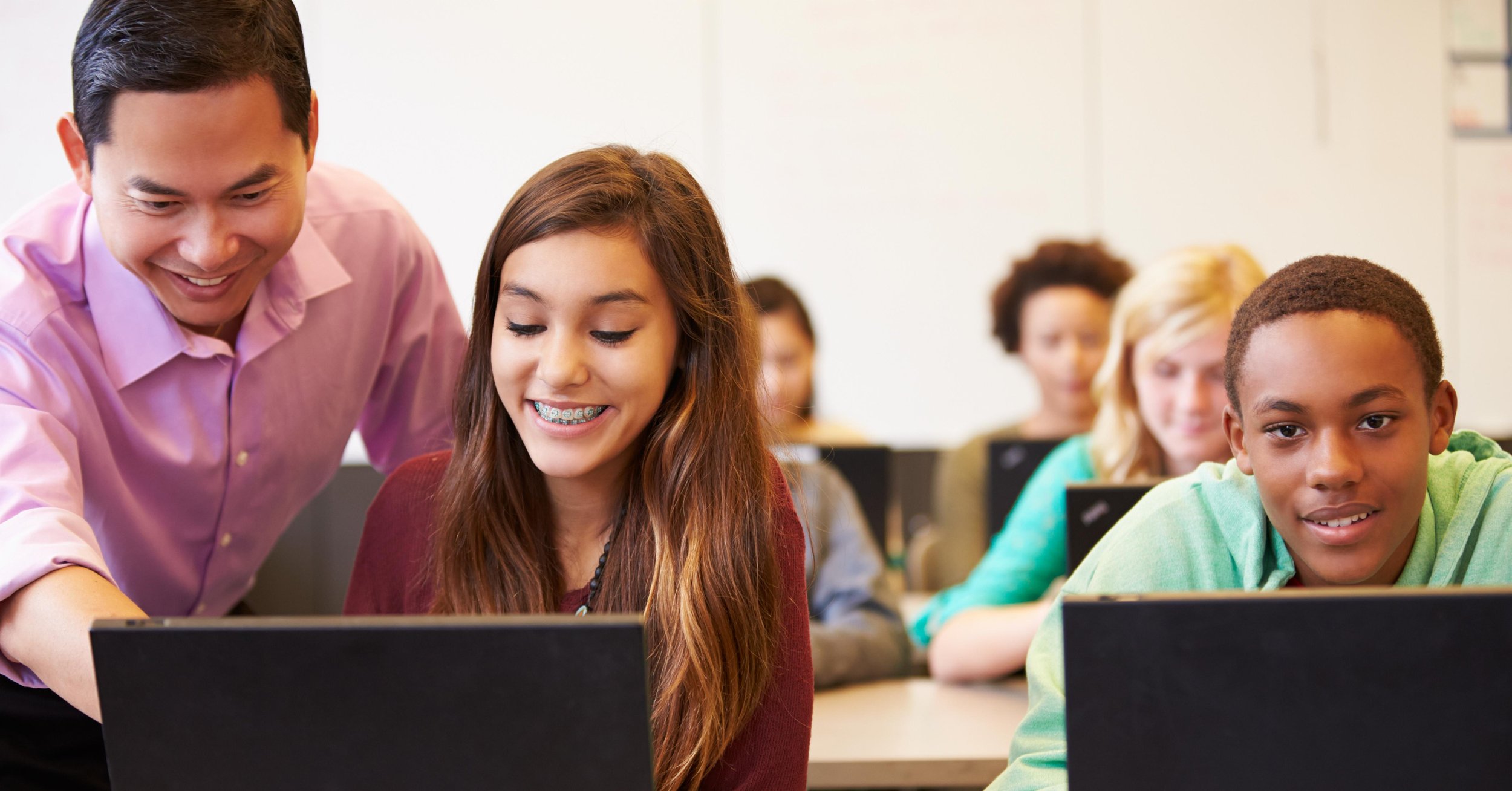The Internet is a global marketplace--not just for the exchange of goods and services, but also the exchange of ideas and experiences. Communication, collaboration, and innovation are now operating on a worldwide workspace, and today’s students now have the chance to not only learn about the world but also immerse themselves in real conversations with the people who live in it--in real time.
Researchers are finding that there is a difference between the digital divide and what’s becoming known as the “participation gap;” it’s one challenge for students to not have access to the digital media experiences, and quite another to have those opportunities and not use them to access, participate, and create connections with information and people.
How to Use Technology to Enhance Global Learning
Harness worldwide news to capture cross-cultural context and understanding.
As we’ve seen in our own country’s news sources, there are at least two sides to every story. Use this opportunity to help students learn how to uncover, identify, analyze and evaluate news sources, not just from the United States, but from around the world. Use these real-time sources to grow students’ awareness of how different countries, cultures, and peoples respond to events--and how those reactions are represented in global mass media.
Assignment idea: Take a recent global event and compare headlines from around the world.
Uncover personal opinions through research.
By widening students’ exposure to the opinions of others while also giving them access to factual commentary, resources, and collaboration, students are better equipped to discover their own opinions about global matters--all the while understanding the tools to form their own opinions about issues closer to home.
Assignment idea: Look for “citizen journalists” on the internet who find and report on breaking news as it happens in their countries. Ask students to analyze the difference between these reports and those broadcasted on the news and help them identify fact from personal opinion. Take it one step further and uncover the possible roots for those opinions and context.
Log into global knowledge networks.
Gathering our collective intelligence on a global scale is possible through the use of global learning networks where information is collected and analyzed. Reading and participating in these networks allows students to grow their cross-cultural understanding while actively and responsibly collaborating to build on existing knowledge.
This is most evident in the world of science, where people can collect information and share it with people around the world for a common goal.
Global Learning and Observations to Benefit the Environment (GLOBE) is operated by NASA and the National Science Foundation in 110 countries. It engages youth, educators, community members, and scientists in collecting and sharing data internationally about critical environmental issues.
The National SEED Project (Seeking Educational Equity and Diversity) opens up conversations between communities.
ePALS: Explore ways to connect students, classrooms and learning opportunities.
iEARN invites students to “learn with the world, not just about it.”
There are many ways classrooms are reaching across oceans and borders to learn about each other. How are you incorporating technology into your quest for to learn and teach greater global understanding? If you aren't sure, be sure to reach out.




















